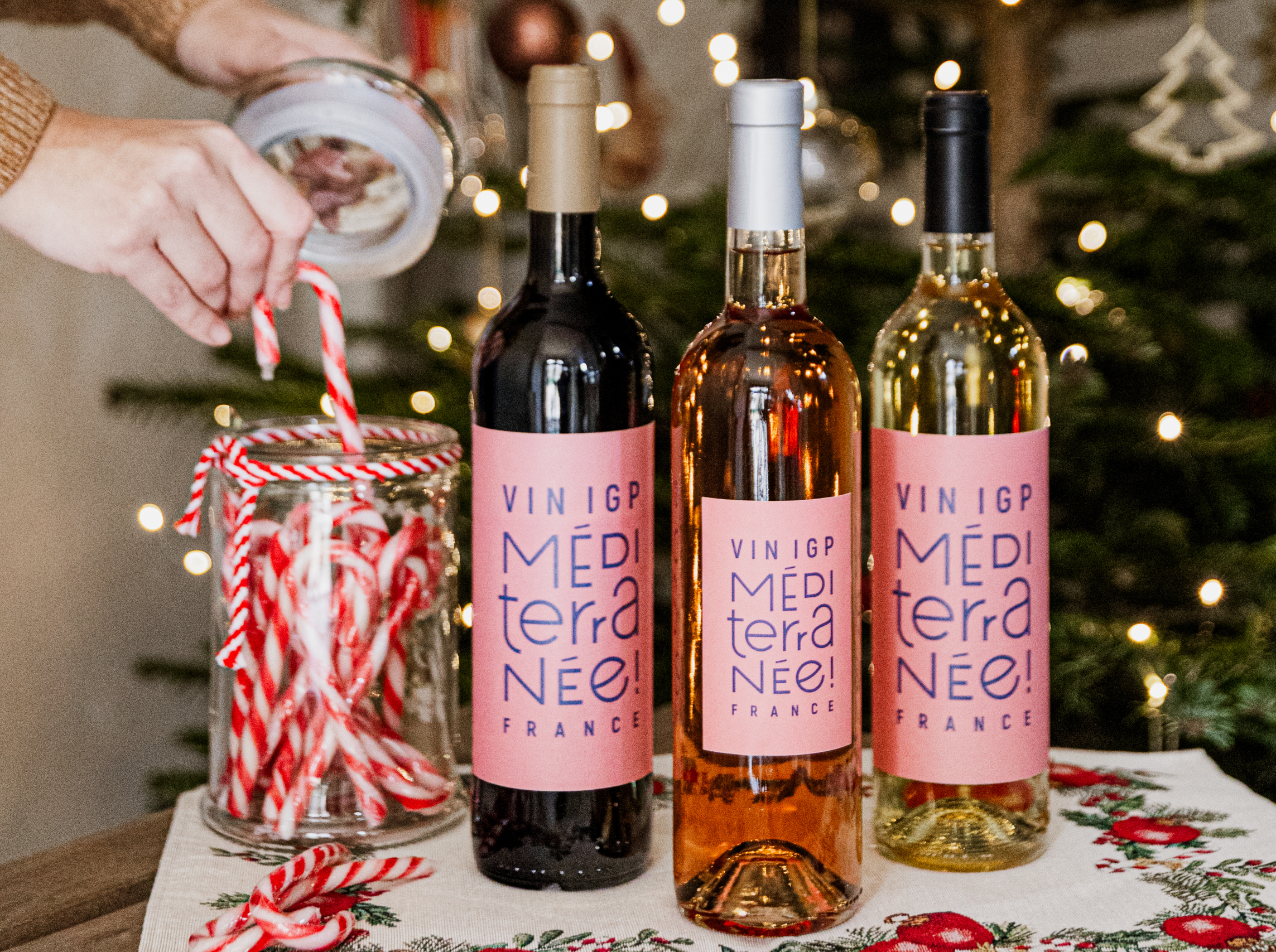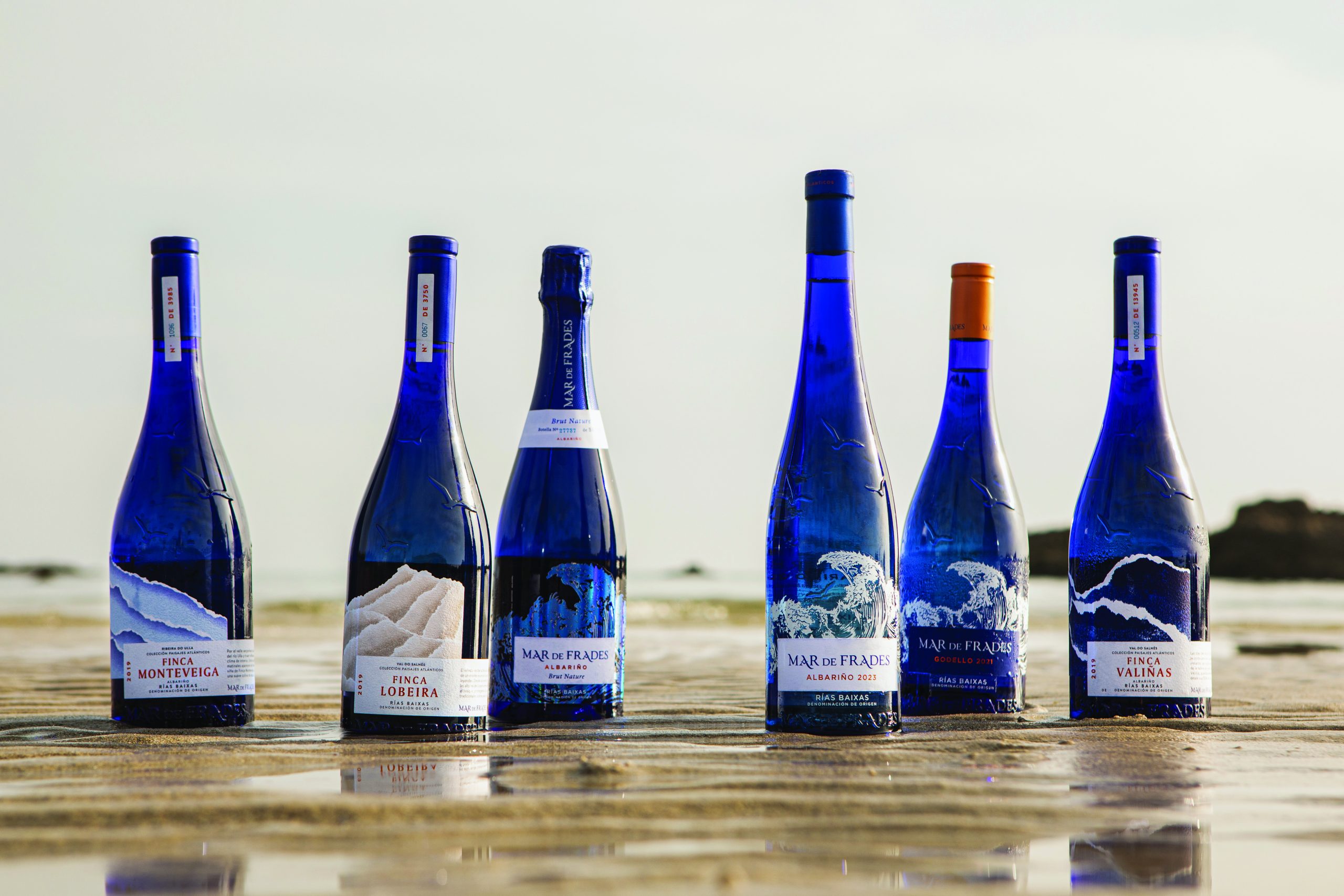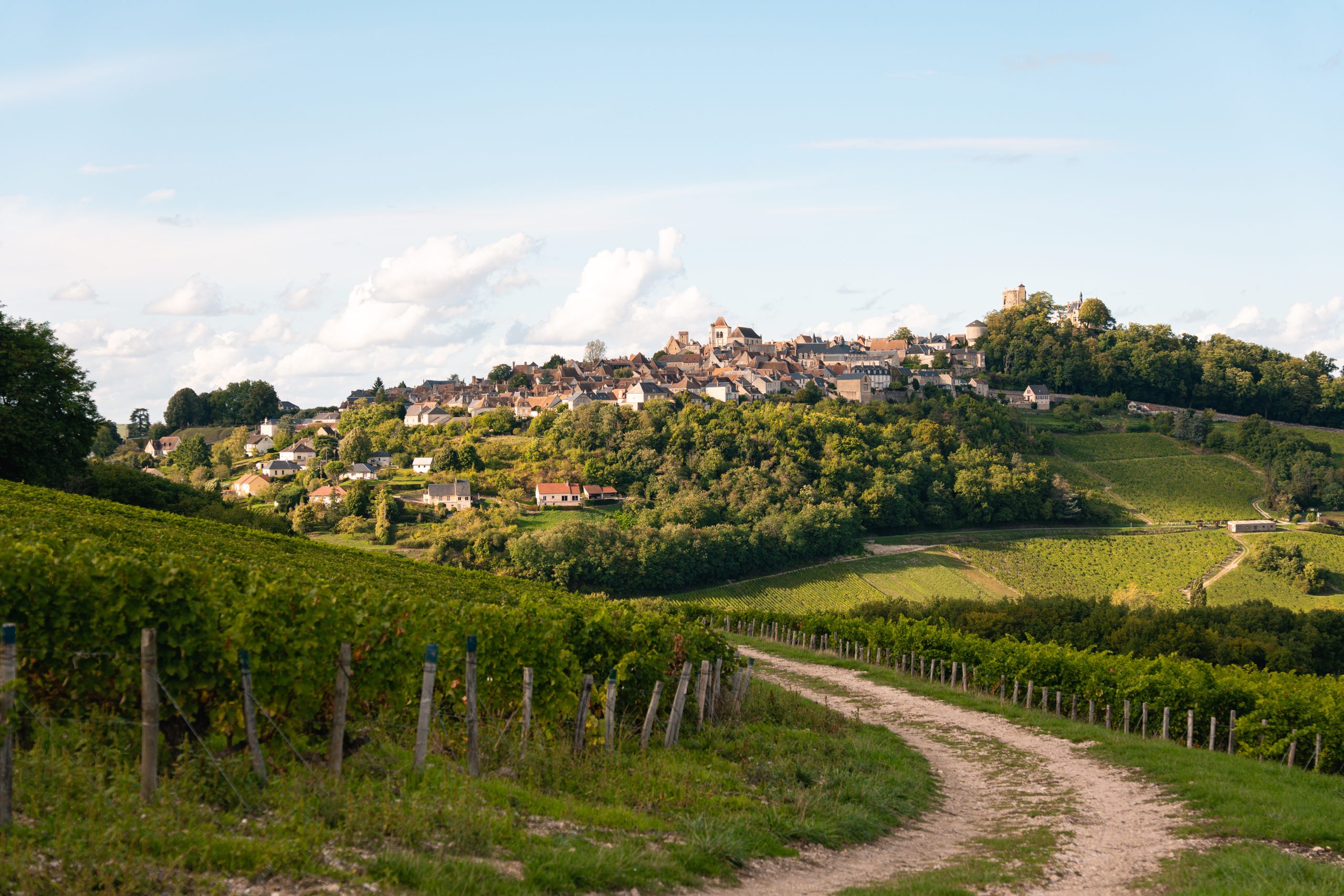Digging the Dirt
“standfirst”>South Africa is eager to tell the world about the ‘great dirt’ found at the Cape, which its grape growers say allows them make terrific premium wines. Patrick Schmitt investigates
There’s been something of a trend in comparing wine-producing countries with car manufacturers (see p126) and, if Chile really is the Volvo of the wine world, then I would be tempted to describe South Africa as the Saab – just as reliable but a little quirkier. However, of more relevance is Wines of South Africa’s (WOSA) plan to develop an image for its country overseas, one which has nothing to do with four-wheeled transport. Instead, it has rather a lot to do with plants, and the effect of the local environment on them. It’s a cunning and far from woolly solution to marketing the positive aspects of South Africa abroad, while making a strong case for its wines too, and it centres on the Cape’s recordbreaking biodiversity.
Apparently, there are more plant species on Table Mountain alone than in the entire UK, while if you were to count those on the Cape, not even the whole northern hemisphere could rival it for species richness. WOSA wants to spread this message because if the Cape can support such plant diversity – a result of varied soils and microclimates – then the number of wines it can produce is almost endless, or so the argument goes. In fact, the campaign is really another way of talking about terroir while cleverly avoiding the French term. As WOSA’s Su Birch says of the proposed message, “The Cape has great dirt which enables us to make the most interesting premium quality wines. How can we prove this? Well we have the most biodiverse wine regions in the world – witness 9,600 plant species.”
What may be worrying, however, is the fact that much of South Africa’s expanding vineyard area coincides with the Cape Floral Kingdom – the smallest and richest on earth – and therefore does represent something of a clash: grape growing being effectively a monoculture, and one that is encroaching on land occupied by these diverse natural habitats. Nevertheless, part of WOSA’s initiative involves steps to conserve threatened areas and, as Birch explains, “Producers must develop a conservation plan. They are encouraged to check whether their land has anything particularly rare or endangered and also to look at how they can set aside some of it for protection, while using other bits for vineyard expansion. They can’t just go ahead regardless, but neither can we stop planting which will create jobs.”
As for the wine trade’s experience of this initiative, the whole plan will culminate in the world’s first Wine Diversity Conference at the Cape Wine Trade Show next year. For the consumer, the biodiversity message will be spread bit by bit through the likes of a monthly e-letter.
More than a fiver
So that’s the plan to brand South African wine in the best possible light. But what about the current situation, and WOSA’s ongoing strategy, which if you haven’t already heard, is to raise the average price of South African wine, or more specifically, to encourage consumers to try those wines priced above £5? This it seems, over the past two years, has had a marked effect. How? Well, WOSA, with the help of UK retailers, has been recovering the money spent on the Common Customs Tariff (post an EU exemption) to arrange in-store promotions in major retailers for wines over £5. These promotions are run according to criteria agreed by WOSA, which has encouraged a mix of educational messages and sampling. Information about South African wines above £5 has been spread, for instance, through advertorials in supermarket magazines, as well as point-of-sale material on supermarket shelves, while any in-store tasting has focused on wines at higher price points. Coupons have also been issued for wines above £5, which Sophie Waggett, marketing manager at WOSA, says is “a money-off mechanic, but also a sampling mechanism”. Either way, the result of all these tactics is that in 2002 South Africa was selling some 150,000 cases above £5, by the end of 2004 that was 425,000, and this year, WOSA expects to see the category sail past half a million cases.
Certainly, looking at the most recent ACNielsen stats (MAT to 16.04.05) for the off-trade, the 500,000-case target looks set to be smashed, with South African wine sales above £5 increasing at 27.7%, outstripping the overall market growth at this price level of 10.3%. However, those South African wines sold over £5 do only represent 5.9% of the South African category (South Africa shifts some 8.6m cases in total) and 4.8% of the whole over-£5 sector. Chile has 5.1% of this sector, France 21% and Australia an impressive 35%, while 12.1% of all wines are sold over £5. So South Africa’s growth above the £5 price point, although notable, is from a small base.
Hence the country’s average price is still relatively low, held back by high-volume but relatively low-priced wines. Rising at 2.8% according to ACNielsen figures from slightly earlier in the year (MAT to 22.01.05), the average price of South African wine has climbed from £3.63 to £3.73, leaving it still trailing the overall average price of wine in the UK off-trade of £3.78. The only countries with average prices above this, however, are New Zealand, Australia, the US and France. Furthermore, South Africa’s average retail selling price is rising at double the total market rate.
Brand opportunity
But while WOSA is working hard to drag the country’s average price upwards by valiantly encouraging consumers to try its higher priced wines (of which there are an increasing number of excellent examples), there still seems an opportunity for high volume, and therefore lower-priced brands within this buoyant category. Kumala, as James Reid, operations director of Western Wines, points out, is still the clear leader, with 21.7% of all South African sales by volume (MAT to w/e 19.02.05), a 13.8% share lead over the next brand in South Africa, Namaqua (which is mainly 3-litre) and a 16.3% advantage over Arniston Bay. This gap becomes greater if one considers sales by value and, as Reid says, “It’s quite lonely up here. We are the only brand in the top 10 and we want to see more South African brands.” He need not worry; there are plenty of other producers pushing their branded propositions, although it will be some time before anyone rivals Kumala’s over- 2m case sales. Number two brand Namaqua sells more than 680,000 cases (MAT to w/e 16.04.05).
Brand Phoenix, part owner of First Cape, currently South Africa’s seventh largest brand, is working hard to build the wine’s presence in the UK market. As Steve Barton says, “We are at 250,000 9L cases but in 2004 we only sold in 46% of the market. We’re on four SKUs and 17 lines, but this year we are up to 28 lines on seven SKUs. The projection is that by the end of the year First Cape will be a 600,000 case brand.” However, Barton points out that while Australia has six brands selling more than 1m cases, South Africa has one, Argentina none, and France has Piat with 970,000 cases. He also says that while South Africa may have few brands, “It can only support a few brands. It doesn’t have a Riverland to sustain them.”
Nevertheless, another brand with Cape in the title and high hopes is Thierry’s Cape Grace which, like First Cape, has shunned the South African “ethnic image” and has an ambitious aim to be in the top five South African brands, and that is in the short term. That would put it up with Kumala, Namaqua, Arniston Bay, Evolution (Western Wine’s Tesco-only South African brand) and Goiya (see tables), all of which are growing.
Partner Content
Goiya for instance, Raisin Social’s managing director, Simon Halliday, says, “has experienced sales increases of around 30% since the budget.” Having said that, he is not planning on any sudden expansion for the label. “Why would I want a 1m case brand when 70% of it is given away for nothing?”
Arniston, which is a little below the 500,000 case mark according to ACNielsen (MAT to w/e 16.04.05), could in fact be the second largest South African wine brand if one is to believe Hermann Bohmer, CEO of Omnia, owner of the brand, who says the company is selling 800,000 cases in the UK. Furthermore, he says, there is certainly capacity for growth. Aside from brand extensions such as Arniston Reserve, Bohmer says Omnia will be continuing to “put a lot of emphasis on Arniston, which is a 10-year-old brand”. Globally, he says, the brand is 2.5m cases, but he adds, “We can grow production-wise, we can support a business of 4m cases.” This has presumably been made possible after the merger in October last year of Vinfruco and Stellenbosch Vineyards to create Omnia Wines. The move only became operationally effective in January, according to Bohmer, with the aim of “creating the leading wine company in South Africa” – if not the biggest. Lastly, it ought to be noted that Charles Back is teaming up with Western Wines which will distribute a new range in the UK off-trade called Charles Back.
Category conclusions
Overall, when it comes to South Africa as a category, growth is strong. Sales by volume are up 8.5% to give the country 10.2% market share (MAT to 16.04.05), while those by value are rising by 9.6% to take 10% share, meaning, importantly, value is increasing faster than volume. The target set by WOSA for South Africa’s value share by the end of this year is 13.5%, though this ambitious aim was set when the rand was not quite as strong as it currently is. Halliday says there has been a rise for the currency of some 35% to 40%, a situation he believes has actually “driven a lot of expediency out of the business – and there was quite a bit”.
Charles Back, who believes the undervalued rand “lulled people into a false sense of security”, says the change has also “discouraged people from discounting and encouraged them to build in more efficiencies.”
But rand-based issues aside, compared to the overall market and other countries, South Africa does seem to be more than holding its own. The total market has risen by 5.3% in volume and 6.3% in value (MAT to 16.04.05), while Italy, which just surpasses South Africa in terms of market share at 11.2% volume and 10.1% value, is trailing South Africa in terms of growth rates, increasing by 5.3% in volume and 7.3% in value. Chile is posting rapid increases, up 16.2% in volume to reach a 6.4% market share while Australia is up 7.9% to 20.8% and the US 23.2% to 14.5%.
However, in each of these cases, volume is rising faster than value, and it is WOSA’s strongly held aim that value growth should outstrip that of volume.
Although the UK is a key market for South Africa, and there is still plenty of potential to increase the country’s presence, there are other markets that South Africa is starting to really focus on. In particular, the US presents an enormous opportunity, with South Africa currently shifting only 1m cases there, and it was not long ago that the market was only a quarter of that. Mzokhona Mvemve, Indaba’s winemaker, says, “It’s a case of greener pastures: the pound’s so strong, and producers want to go where they get more returns. They are starting to realise that the UK market is very saturated while the States is a huge market and there is still a lot to be done there.”
Charles Back’s Goats do Roam is the biggest South African brand in the US selling some 400,000 cases, though Back himself says, “I don’t see us holding on to [the title of leading brand] for much longer – everyone is taking the US market more seriously.” Kumala is currently launching in the US, helped by Western Wines’ new Canadian owners, Vincor International. Reid says, “Kumala has been an ice-breaker and category builder for South Africa in the UK and we want to use the brand to do the same in the US.”
Established base
However, while the US is a big market, it is also complicated, and it takes time to identify the right business channel in each State. Reid believes some South African producers need to be warned, “neglect the UK market at your peril”, since it represents an established base, with potential for significant sales increases. As many as half a million Britons visit South Africa annually, a number that is increasing, while the World Cup in 2010 represents an enormous opportunity to build awareness for South Africa and its produce.
For these reasons, it makes more than just common sense to build distribution for South African wines now, as well convert consumers to their quality. The category is primed for what will be, almost certainly, an upsurge in interest.




